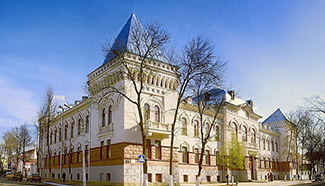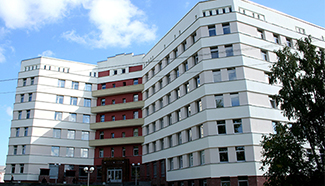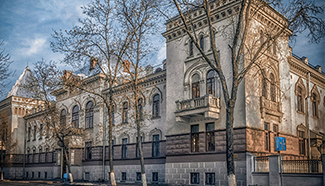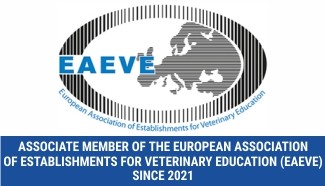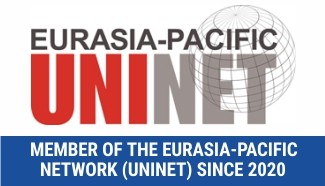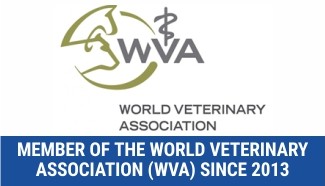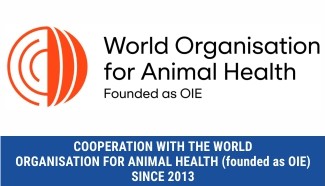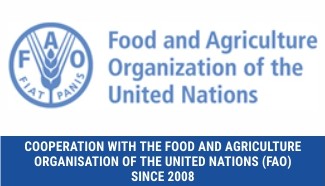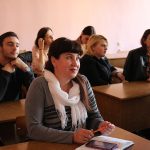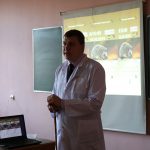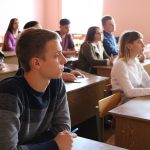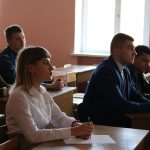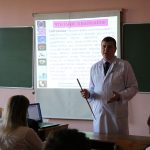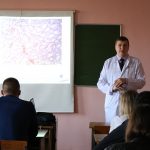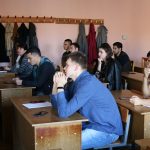International Scientific Project “Wild lecture»
As part of the free international scientific project “Wild lecture”, announced in October this year by the World Veterinary Association, the Academy also took part in the direction of the Wildlife Veterinary (veterinary of wild animals). Only 2 reports – Germany and Belarus-were submitted on the morphological topics from 7 participating universities of the European Union ( 1 University from Ukraine and 1 University from Belarus ( the Academy). Thus, a lecture on “Comparative anatomy of teeth in bears of different species”was presented at the Free University of Berlin. The majority of topics of scientists from higher education institutions concerns infectious and non-infectious diseases in wild animals. At the Swedish University was held a free lecture on ” Salmonellosis in Hedgehogs.” On part of the VSAVM within the framework of the free international scientific project “Wild Lecture” on October 16 at 15:40 at the Department of Pathological Anatomy and Histology the associate Professor Fedotov D. N. presented a lecture on “Histology of Organs in Hibernation of Hedgehogs”.
Hibernation (winter sleeping of mammals) is a unique biological phenomenon in which the rate of almost all physiological processes naturally decreases. Hibernation allows many species of mammals to survive periods of food shortage, reducing energy needs to a minimum level. Body temperature drops almost to ambient temperature, and heart contractions, respiration, general metabolism, growth and development processes are dramatically slowed down. Hibernation of mammals is the evolutionarily developed and genetically fixed link of biological rhythm of mammals.
Hibernation has been recorded in eight different systematic groups of mammals: monotremes, marsupials, rodents, bats, shrews, insectivores, primates (some lemurs) and carnivores (bears). However, at the microscopic level, changes in the thyroid gland, spleen, liver, gonads and adrenal glands in the white-breasted hedgehog during hibernation have not been studied and are relevant and fundamental. These changes were described and shown on the slides in the lecture.
The lecture was attended by 24 students of the Faculty of Veterinary Medicine and Biotechnological Faculty. During the lecture, students asked many questions. Participants of the scientific project “Wild Lecture” were satisfied and impressed, because ectures in the area of Wildlife Veterinary are informative though rare.


